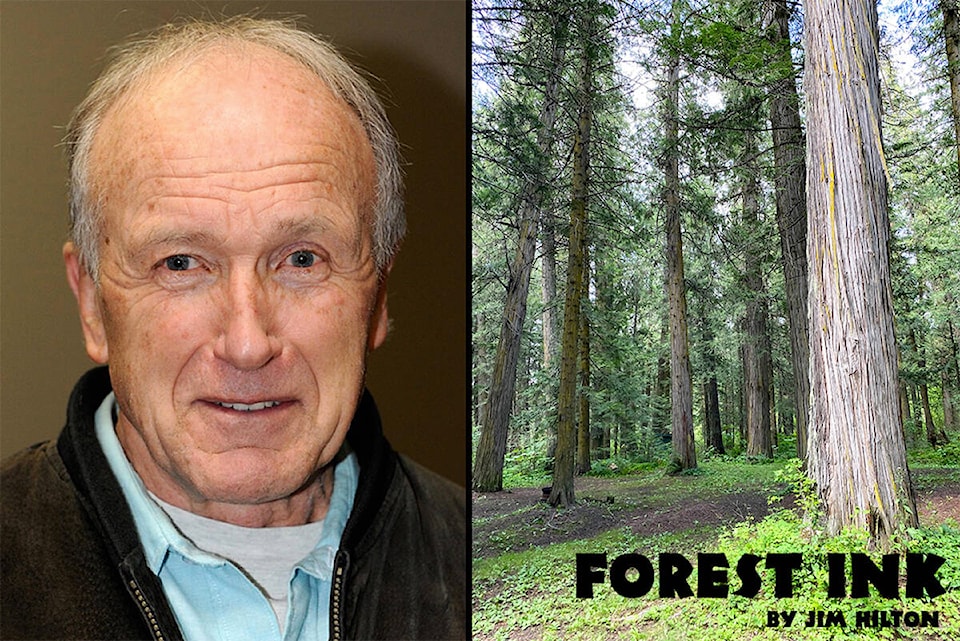With all the wars, natural disasters and extreme events associated with climate change, it is a nice to get some good news about how a few people are making a positive change in the world.
Thanks to the good people at our local library, I was made aware of and able to sign out a PBS video entitled The Age of Nature. The 165 minute, three-part video has about six stories in each section. The episodes take place around the globe in the oceans, rivers, tropical and temperate forests and alpine areas. Some locations have been deforested for many centuries then often over-grazed or depopulated by civil wars, a few ocean environments were devastated by nuclear testing, over fished or impacted by climate change.
To put the various forest stories in context, Tom Crowther from his lab in Switzerland uses satellite images along with input from locals around the world as well as computer models to estimate the potential for establishing forest on lands that have been altered for a number of reasons. After taking into account urban and agriculture areas that won’t be reforested, he estimates that there are trillions of trees that could be reestablished on sites that were once forested.
One of the areas is in the highlands of Scotland which were deforested centuries ago that has been maintained as a shrub ecosystem due a very robust population of Red deer which must be culled each year to prevent over grazing. One local community has fenced off an area from browsing animals which has allowed the natural forest to reestablish and attract a variety of birds, animals and insects similar to what was thought to have been in abundance hundreds of years ago.
Another rehabilitation project is taking place in the former jungles of Borneo which have been decimated by logging and plantations and are now more prone to fires because the channels constructed for timber removal are drying out the peat lands associated with natural forests. Locals are replanting native trees and filling in the channels.
After a civil war caused the destruction of the native animal population of Gorongosa National park in Mozambique locals support park rangers that remove snares and traps as well as protect the animals from poaching. After a decade and the introduction of some large grazing animals the native ecosystem has recovered which provides food again for the local population and attracts tourists to supplement their economy.
One of the most amazing transformations has taken place in the Loess Plateau that surrounds the Yellow River in China. The native forests were removed centuries ago and overgrazing by sheep and goats has allowed the wind and rain to erode the light soils for years allowing the Yellow River to remove billions of tons of sediments.
Winds also polluted cities hundreds of kilometres away. With no vegetation to moderate the rains, slides and floods have caused 150 million people to lose their lives over the centuries. In 1980 it was estimated that 85 million people lived in the plateau area which enabled an aggressive rehabilitation program to take place.
In 1994 sheep and goats were removed and thousands of locals using mostly hand tools started to create terraces which were stabilized with trees and shrubs along with food crops. After 25 years the valley and plateau has been transformed with an 80 per cent reduction in sediment and locals have been able to produce much of their own food. In future articles we will look at some amazing stories that have taken place in the river and ocean ecosystems. In the meantime readers can see a shorter version of some stories on the PBS website and YouTube videos.
Jim Hilton is a retired forester living in the Cariboo.
Do you have a comment about this story? email:
editor@wltribune.com
Like us on Facebook and follow us on Twitter.
